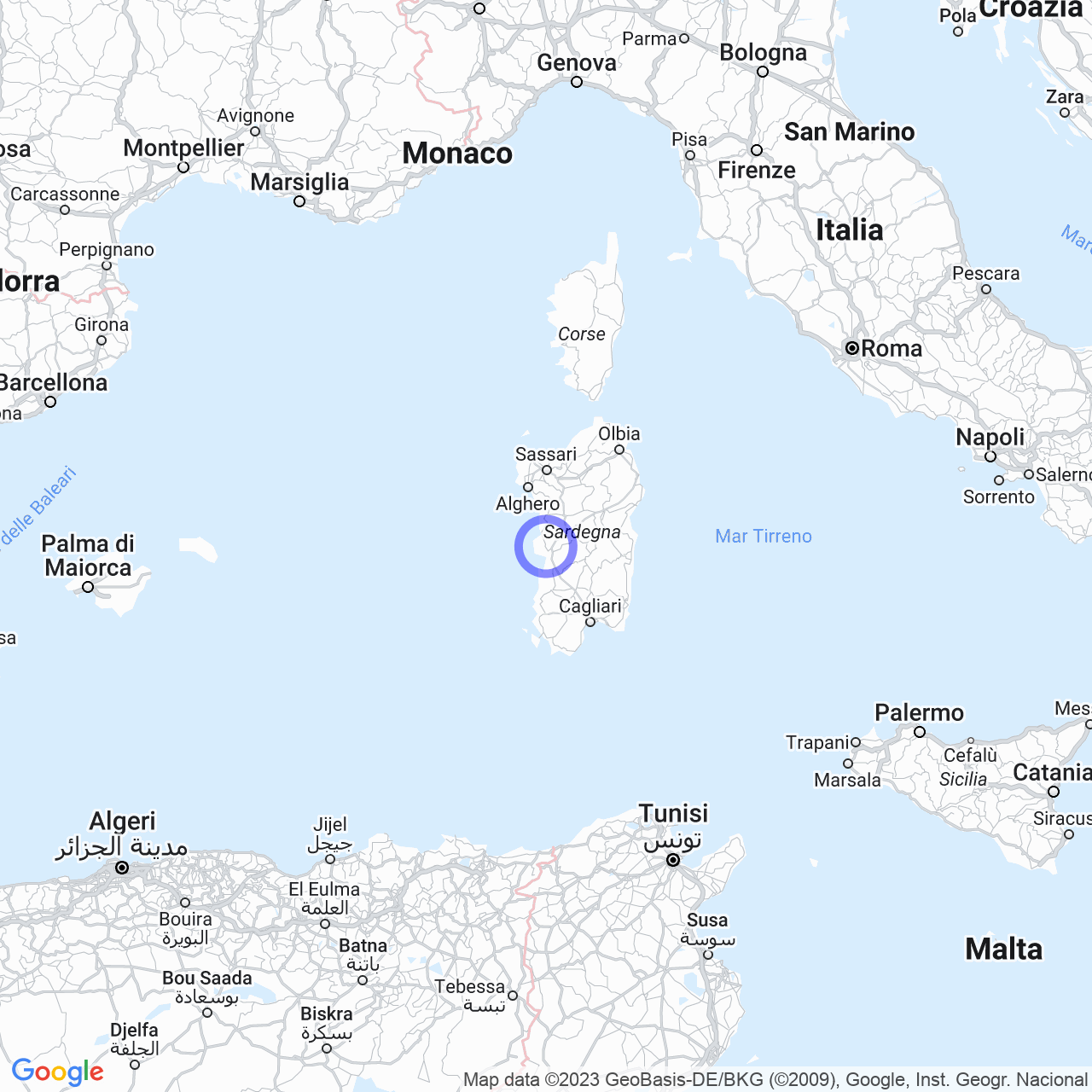Nurachi
Nurachi: a small town in the Campidano di Oristano region
Nurachi is a town located in the Campidano di Oristano region of Sardinia, Italy. The town is home to approximately 1739 people and is primarily characterized by agricultural activities.
Physical geography
Nurachi is situated in the central-western zone of Sardinia and its territory extends to the Sinis peninsula, reaching up to the Cabras pond.

History
The area of Nurachi has been inhabited since the pre-Nuragic Sardinia and, later, the town was an important center for the production of circular and elliptical huts for the Eneolithic village. There are also various nuraghi present throughout the area.
During the Middle Ages, Nurachi was part of the Giudicato of Arborea and the curatorship of the Campidano di Oristano. After the fall of the giudicato in 1420, Nurachi became part of the Marchesato di Oristano and in 1478 it passed under Aragonese dominion, becoming a royal fief. In the 18th century it was incorporated into the Marchesato d'Arcais, fiefdom of the Flores Nurra.
In 1839, with the suppression of the feudal system, Nurachi was redeemed by the Flores Nurra. From 1927 to 1946, Nurachi was united with the municipality of Riola Sardo. Until July 16, 1974, it belonged to the province of Cagliari.
Symbols
The coat of arms and the banner of the town of Nurachi were granted with the decree of the President of the Republic on December 2, 2010. The banner is a white cloth with a blue border.
Society
Over the years, the population of Nurachi has remained substantially stable. The predominant language spoken in Nurachi is Campidanese/Oristanese Sardinian.
Economy
The economy of Nurachi is predominantly based on agriculture.
Administration
The administration of the municipality of Nurachi is composed of the elected mayor and the city council. The current mayor is Mario Cuccu.
Notes
N/A
Bibliography
There are various texts and documents available to study the history of Nurachi.
Other projects
There are several projects for the future of Nurachi, particularly regarding economic development and increased tourism. In addition, there are projects for the improvement of the city's infrastructure, including the implementation of new roads and the redevelopment of some public areas.
